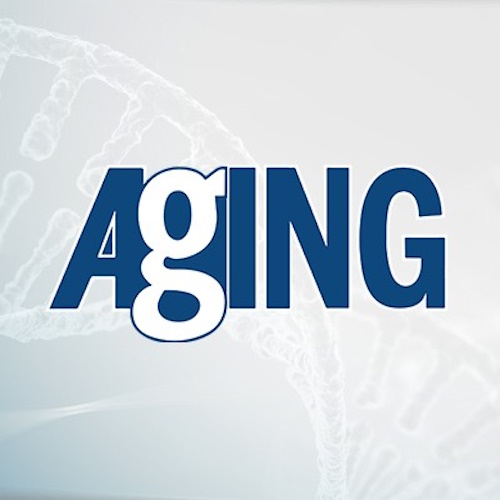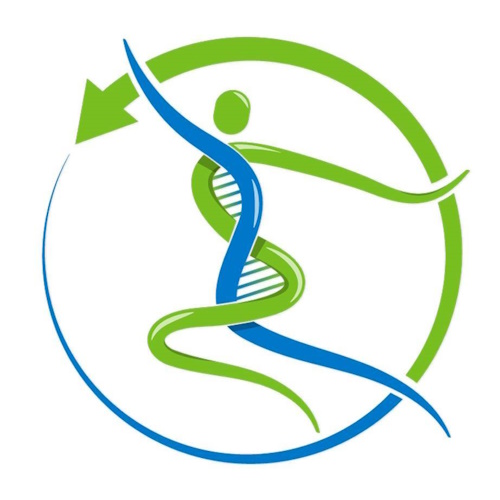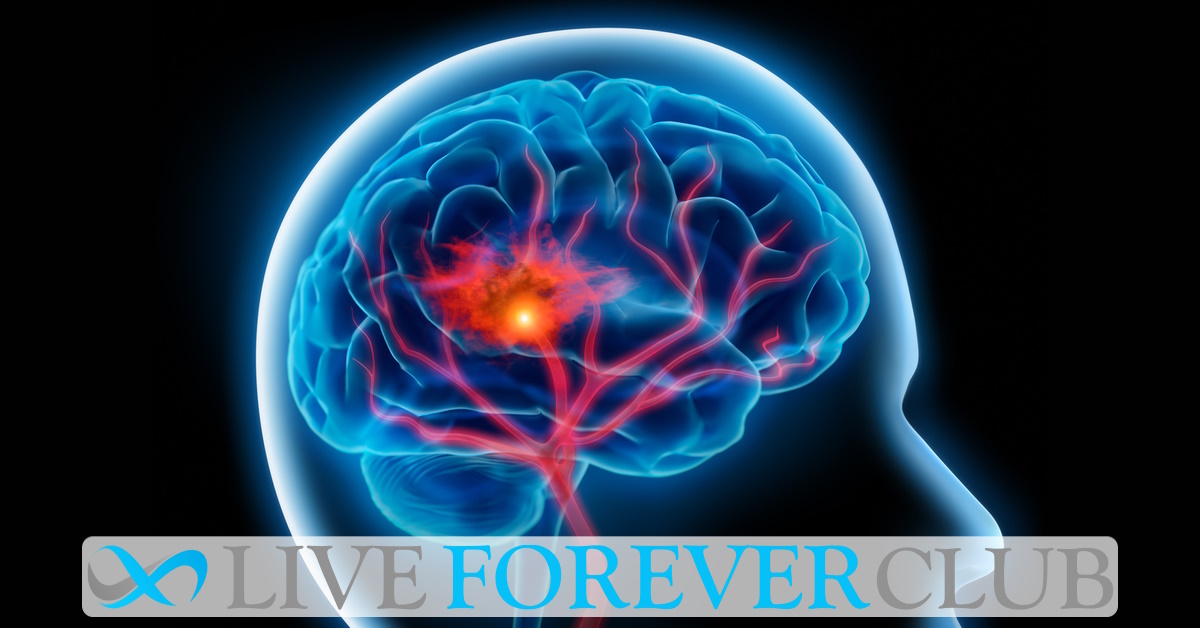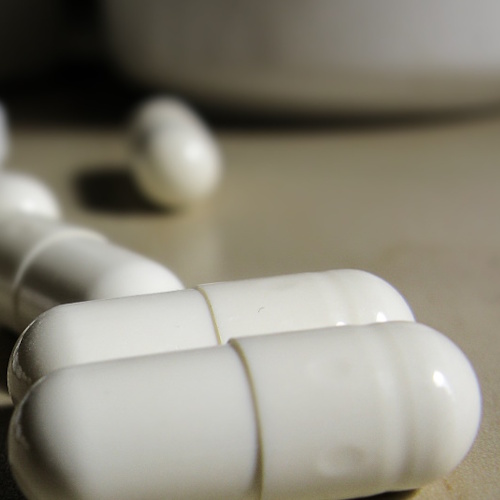Key points from article :
Stroke and heart attack, occur when blockages cause blood flow to stop to certain tissues, resulting in lack of oxygen and cell death.
When this blood flow is restored, it leads to further damage, known as cerebral ischemia/reperfusion injury (CIRI).
A study conducted in the rats showed that autophagy prevented this and a rapalog named Eugenol enhanced this process.
Rapalogs are compounds that affect the mTOR pathways, named after the compound Rapamycin which is toxic when given in large quantities.
Computer modeling was used to screen for safer compounds that target the mTORC1 pathway by digitally recreating the binding site.
Libdock, a docking software was used to scan compounds that strongly bind to the binding site.
Another software called TOPKAT was used to scan these compounds for various toxicity parameters.
Two compounds that were found to be less mutagenic and less toxic were chosen for a follow-up study.
These compounds are yet to be tested in animal models.
Study by Jilin University, led by Di Ma, published in Aging.






